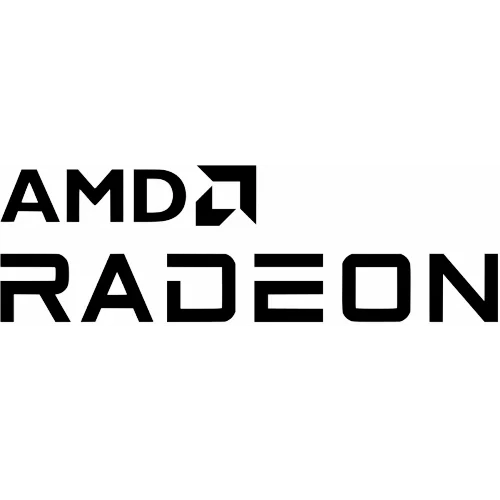AMD Begins Working On "GFX11" Support For Open-Source Mesa Linux Graphics (RDNA3)

The new code sent out yesterday adds much of the initial GFX11 support to Mesa, adding 27.5k lines of new code and removal of 1.3k lines across 78 patches -- much of the line count additions being attributed to header files and addrlib code.
GFX11 bring-up for Mesa has begun.
This enablement adds GFX11 adds GFX1100 through GFX1103 chip variants -- now just numbers rather than the different colorful fishy codenames of the past. No really exciting details revealed by this initial enablement work. One little tid-bit is now having a 128 byte cache line size rather than 64 bytes. This new code for Mesa 22.2 does build off existing GFX10 (RDNA / RDNA2) code in various areas of the driver. It also goes along with the in-progress GFX11 work being pursued in mainline LLVM for the AMDGPU LLVM shader compiler back-end.
AMD's focus within Mesa is on the RadeonSI Gallium3D OpenGL driver code. Mesa's Radeon Vulkan driver "RADV" isn't officially maintained by AMD but left up to Valve / Red Hat / the community. Internally AMD is likely already well working on their official GFX11/RDNA3 Vulkan driver support within their closed-source Vulkan driver code and what will be opened up later in the AMDVLK alternative open-source Vulkan Linux driver.
This new GFX11 code within Mesa also ties into the new VCN 4.0 video encode/decode block for video acceleration in Gallium3D.
Expect more GFX11 / RDNA3 work to continue within the Linux kernel and Mesa over the coming months. For now this code is under review but should safely make it into next quarter's Mesa 22.2 release and ideally be in good shape there for out-of-the-box support at launch when the next-generation Radeon graphics cards launch later in 2022.
1 Comment

